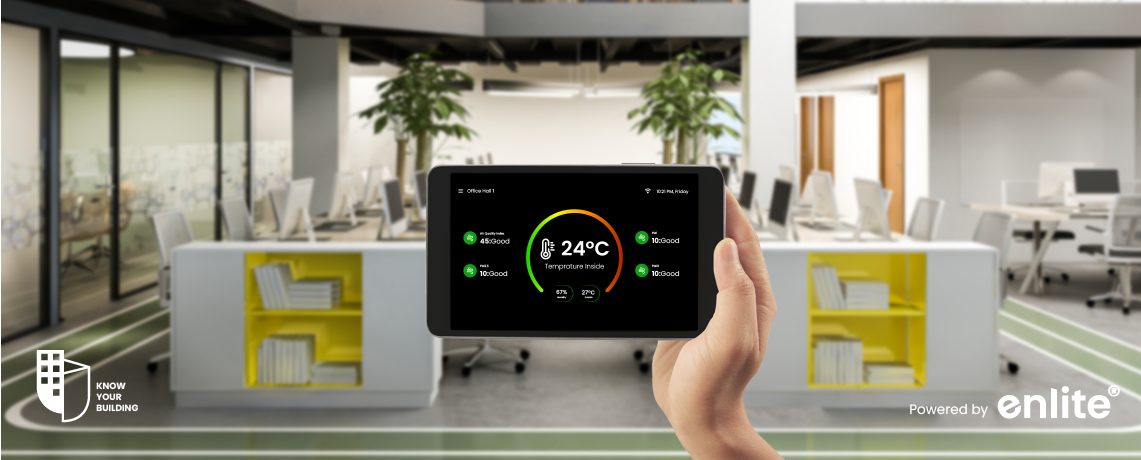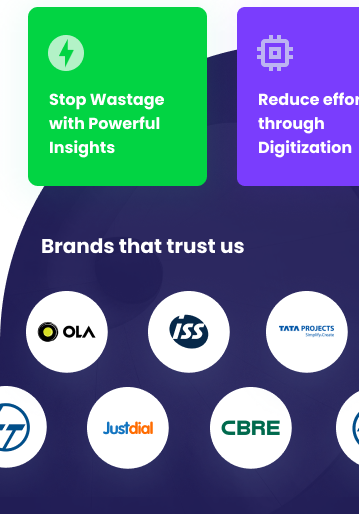As the commercial real estate sector evolves, the need for resilient and adaptable building management strategies is more critical than ever. Future-proofing commercial buildings ensures they remain competitive, sustainable, and efficient in the face of technological advancements and changing market demands. Building Management Systems (BMS) are at the heart of this transformation, offering tools that enable long-term adaptability and operational excellence.
Why Future-Proofing Matters
Commercial buildings face numerous challenges, from increasing energy costs to stricter environmental regulations and evolving tenant expectations. Future-proofing with BMS tools addresses these challenges by:
- Enhancing Operational Efficiency: Streamlining building operations to reduce costs and resource consumption.
- Ensuring Sustainability Compliance: Supporting green building initiatives and reducing carbon footprints.
- Boosting Tenant Satisfaction: Providing smart, responsive environments that meet modern demands.
- Protecting Investments: Prolonging the lifecycle of building systems and maintaining property value.
Key BMS Tools for Future-Proofing
1. Energy Management Systems
Energy efficiency is a cornerstone of future-proofing. Advanced BMS tools enable real-time energy monitoring, automated adjustments, and integration with renewable energy sources. Features include:
- Dynamic Load Management: Balancing energy use during peak and off-peak hours.
- Energy Benchmarking: Comparing performance across multiple buildings to identify inefficiencies.
- Integration with Solar and Wind Power: Optimizing energy storage and usage.
2. Predictive Maintenance
BMS tools equipped with IoT sensors and AI capabilities provide predictive maintenance, ensuring equipment longevity and reducing downtime. Benefits include:
- Proactive Repairs: Addressing potential issues before they escalate.
- Cost Savings: Reducing repair expenses and extending equipment life.
- Minimized Downtime: Ensuring continuous operation of critical systems.
3. Occupant-Centric Technologies
Modern BMS tools prioritize occupant comfort and satisfaction. Features include:
- Personalized Settings: Allowing tenants to adjust lighting, temperature, and airflow.
- Air Quality Monitoring: Ensuring healthy indoor environments.
- Smart Scheduling: Automating HVAC and lighting based on occupancy patterns.
4. Smart Data Analytics
Data-driven decision-making is a key component of future-proofing. BMS tools provide actionable insights through:
- Comprehensive Dashboards: Visualizing energy use, system performance, and tenant behavior.
- Predictive Insights: Anticipating future needs and trends based on historical data.
- Custom Reporting: Generating detailed reports for compliance and performance evaluation.
5. Integration with Smart Grids
As energy grids evolve, BMS tools facilitate seamless integration with smart grids. This enables:
- Demand Response Management: Adjusting building operations based on grid demands.
- Energy Trading: Leveraging surplus energy for financial returns.
- Resilience: Maintaining operations during grid outages with smart energy storage.
The Role of Know Your Building® in Future-Proofing
Know Your Building®, a cloud-native wireless BMS solution, is designed to meet the demands of future-proofing commercial buildings. Its innovative features include:
- Scalable Architecture: Easily adaptable to buildings of any size or complexity.
- Remote Management: Allowing facility managers to oversee operations from anywhere.
- Sustainability Integration: Enabling carbon tracking, water conservation, and energy optimization.
- Real-Time Alerts: Providing instant notifications for anomalies or maintenance needs.
Real-World Applications
1. Commercial Office Spaces
BMS tools optimize energy use, improve tenant comfort, and ensure regulatory compliance in office buildings, enhancing their appeal to businesses.
2. Retail Complexes
From managing lighting and HVAC to ensuring security, BMS tools create an efficient and inviting environment for shoppers and retailers alike.
3. Hospitality Industry
Hotels and resorts benefit from BMS tools by offering personalized guest experiences while reducing operational costs.
4. Industrial Facilities
Smart BMS solutions streamline processes, monitor equipment, and optimize energy-intensive operations in manufacturing and logistics hubs.
Preparing for the Future
Future-proofing commercial buildings with BMS tools is no longer a luxury but a necessity. These systems empower property managers to adapt to evolving demands, achieve sustainability goals, and deliver superior tenant experiences.
Know Your Building® stands out as a leader in BMS innovation, offering the tools and insights needed to transform commercial buildings into resilient, efficient, and sustainable assets. Invest in the future of your property today by integrating smart BMS solutions.














